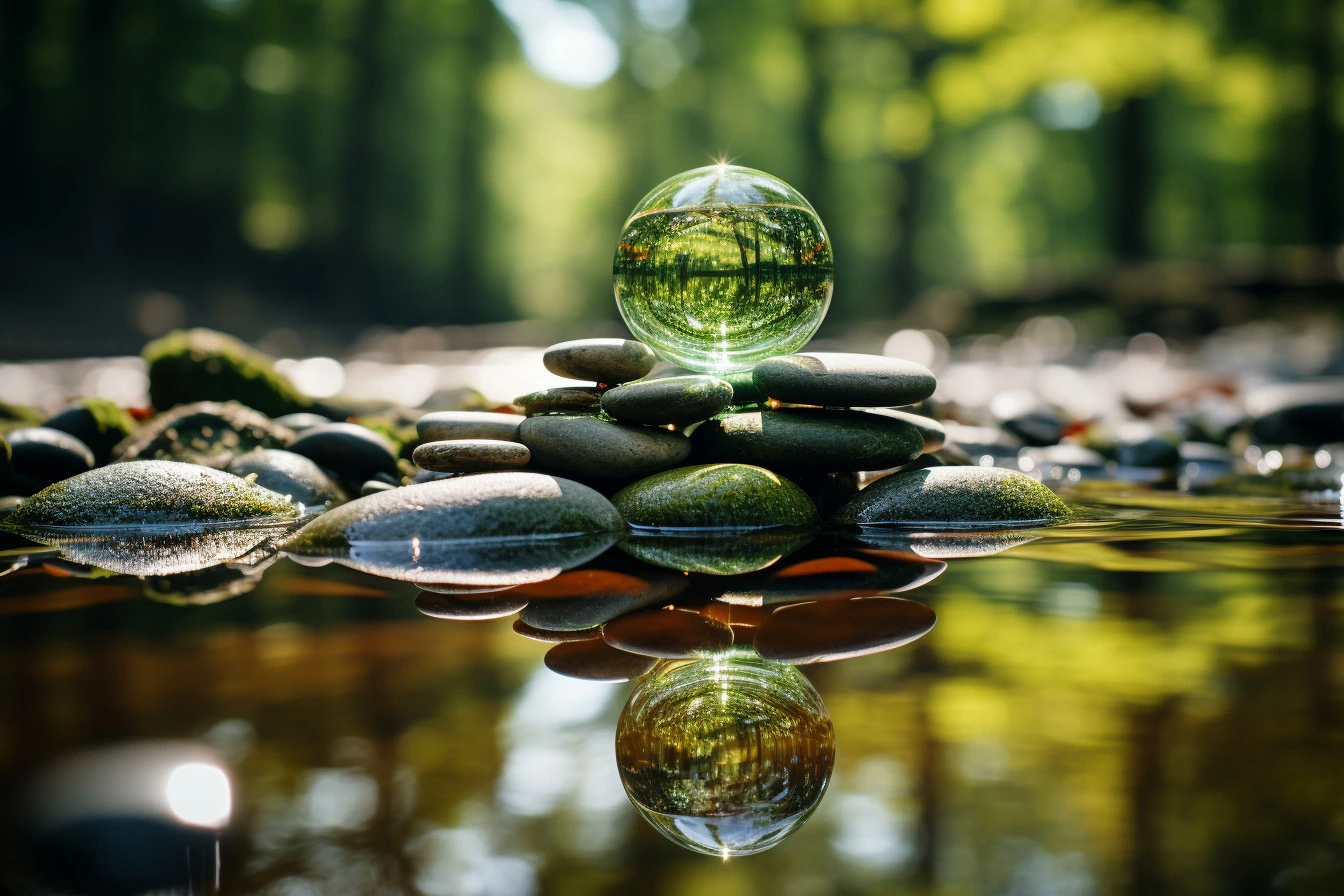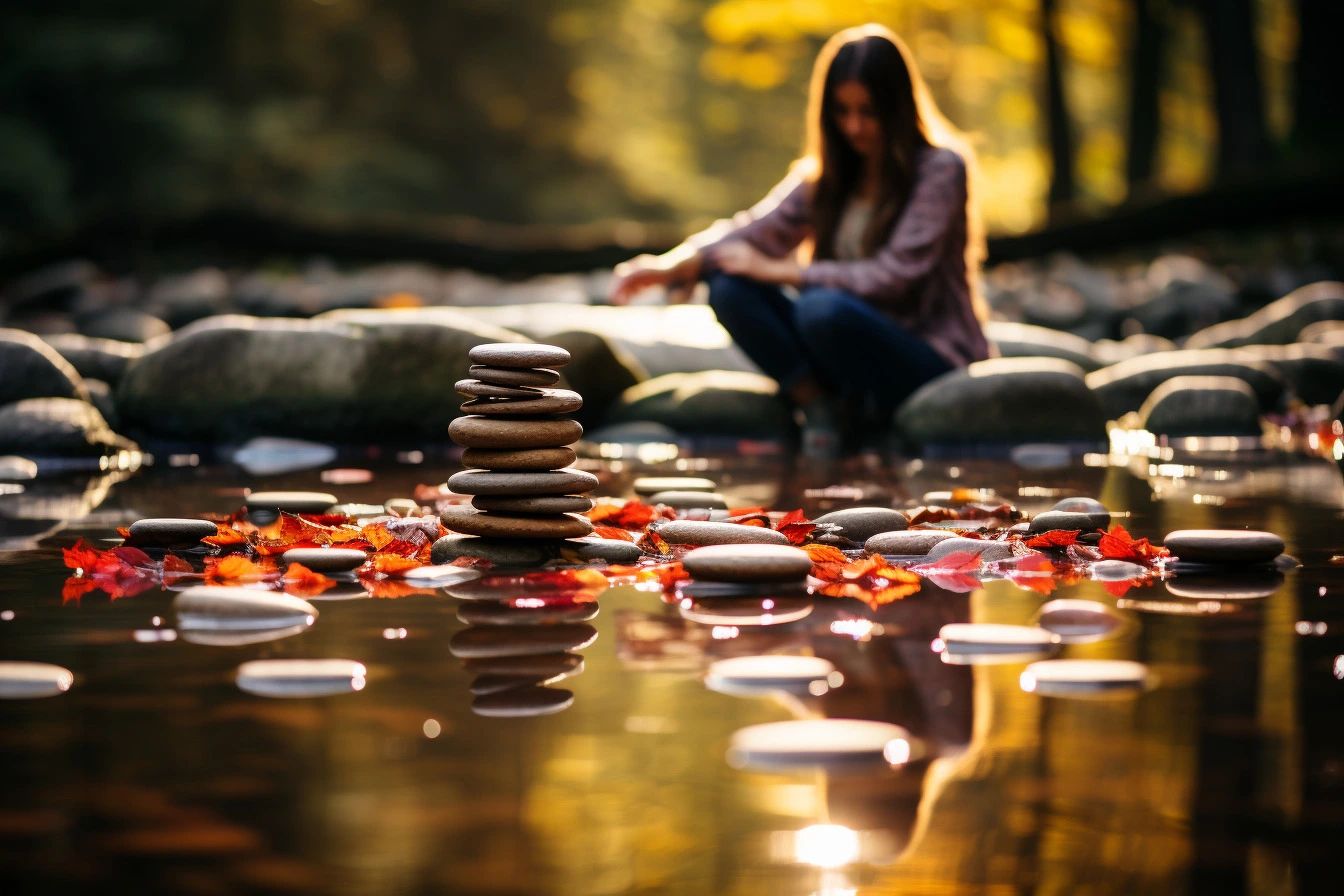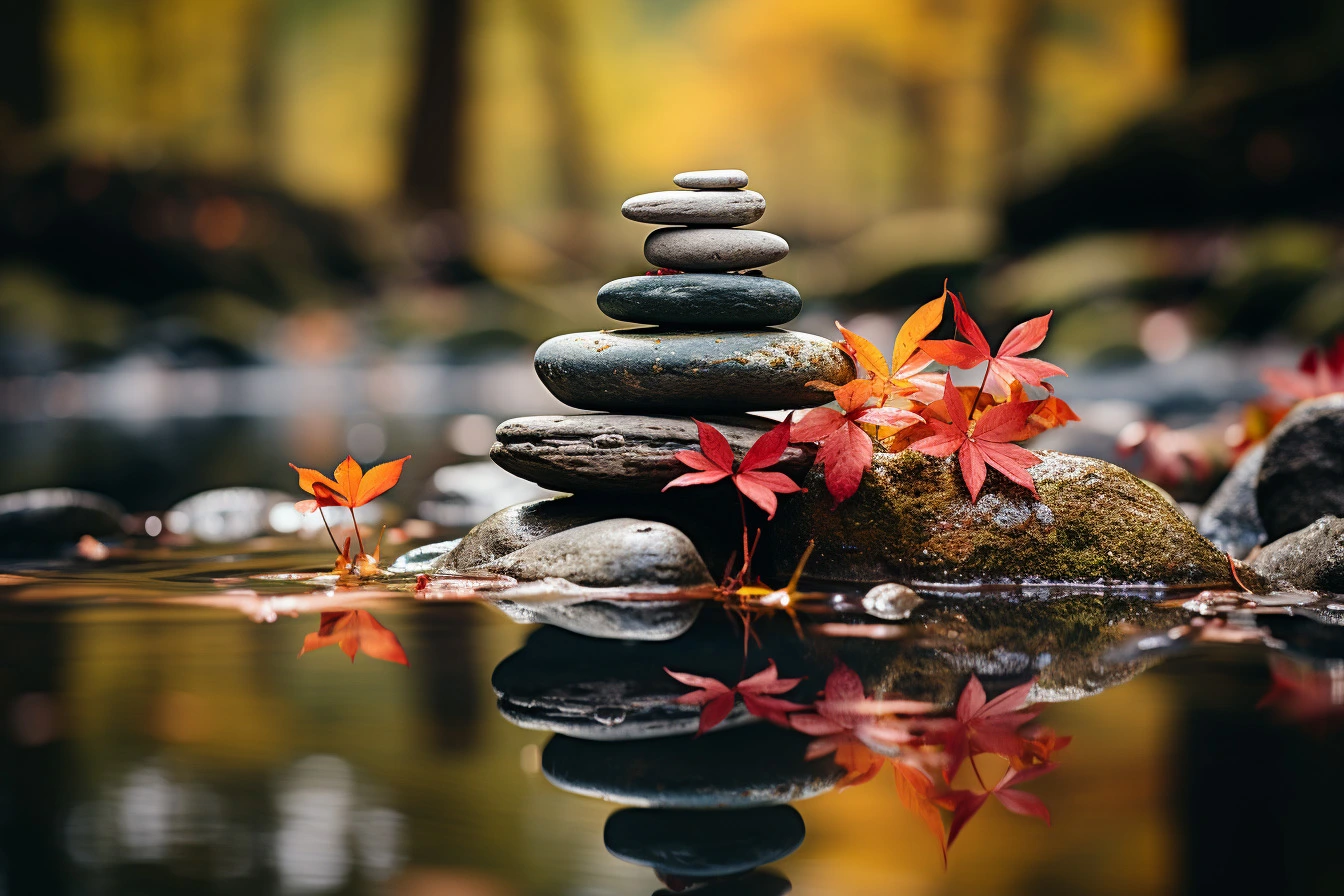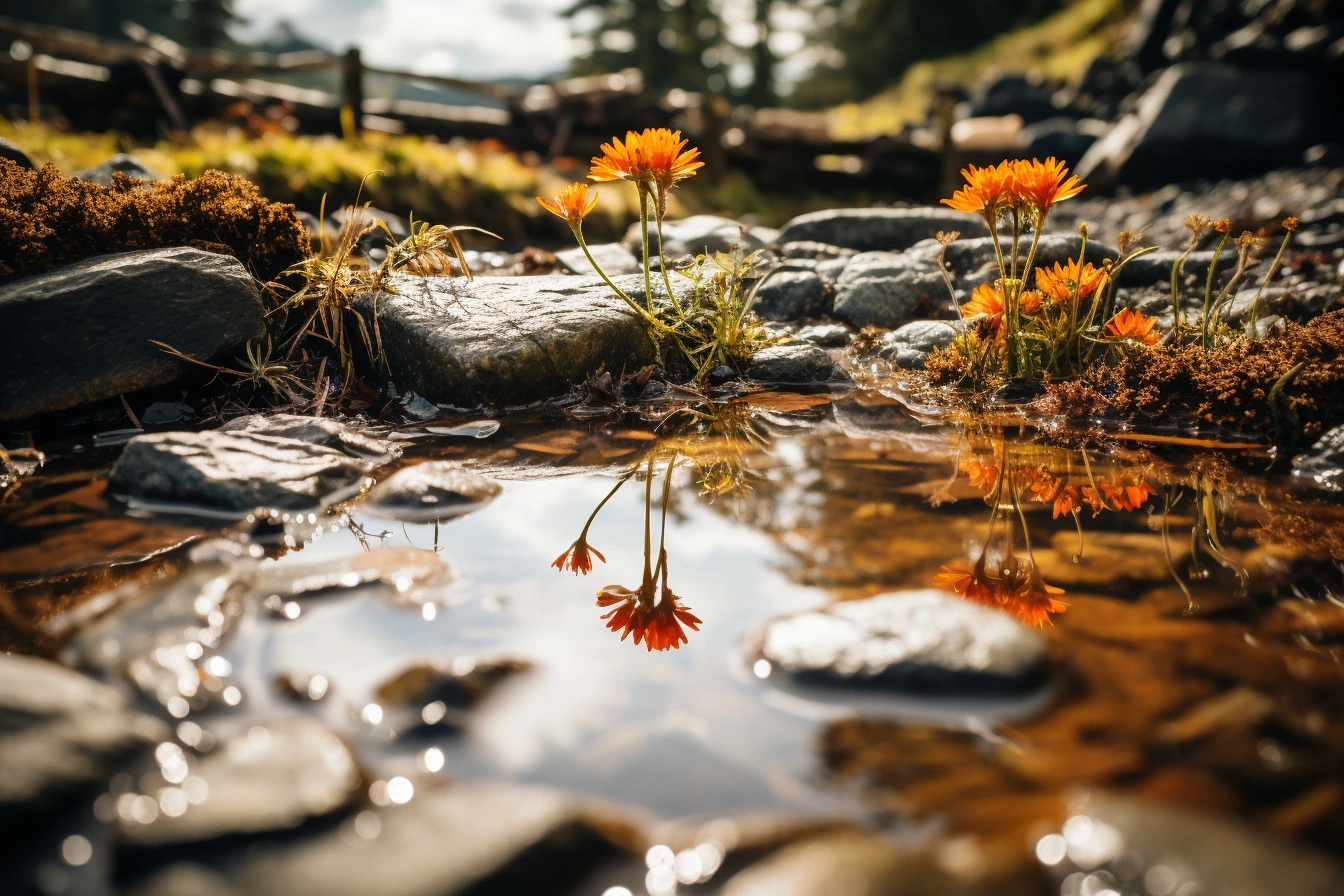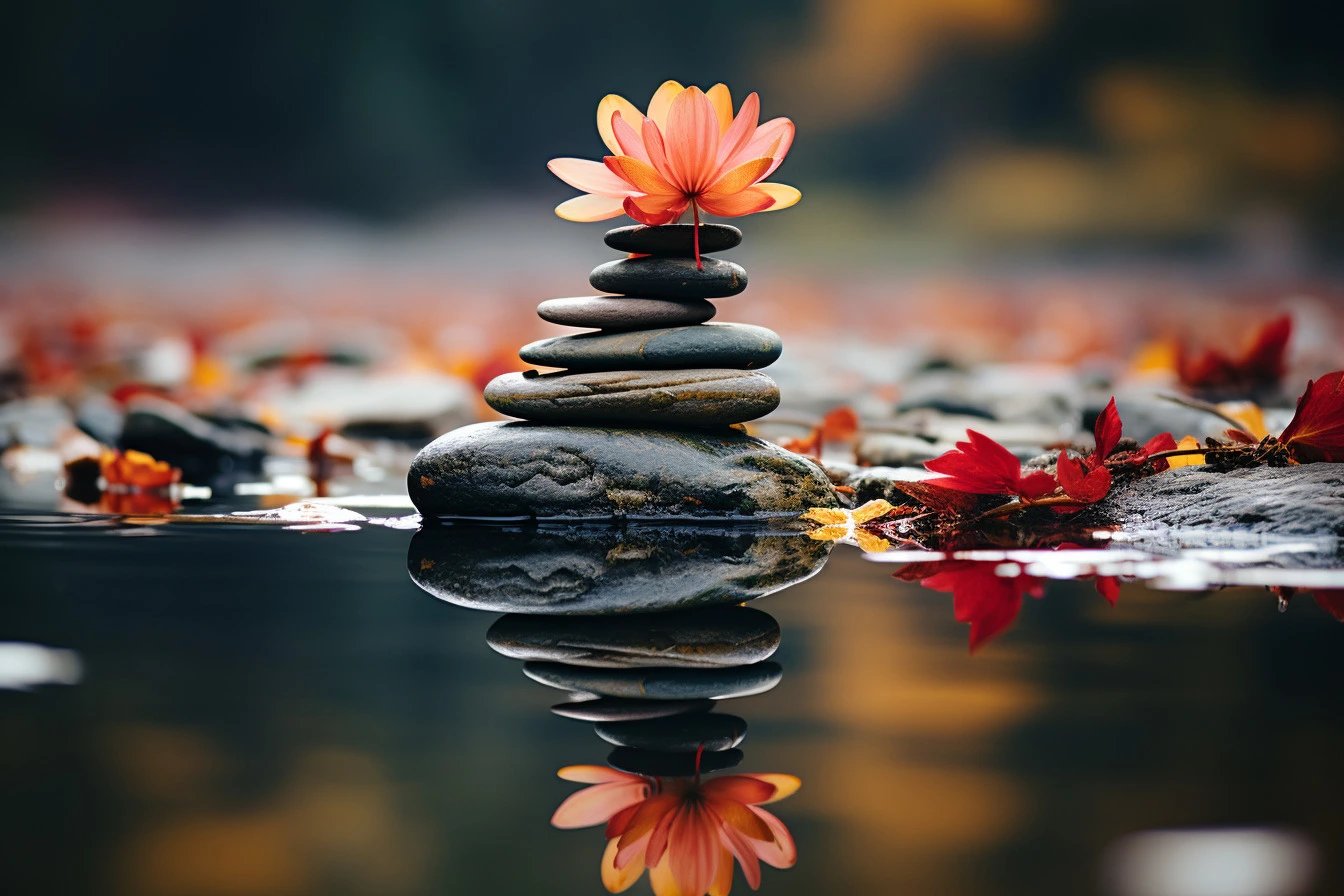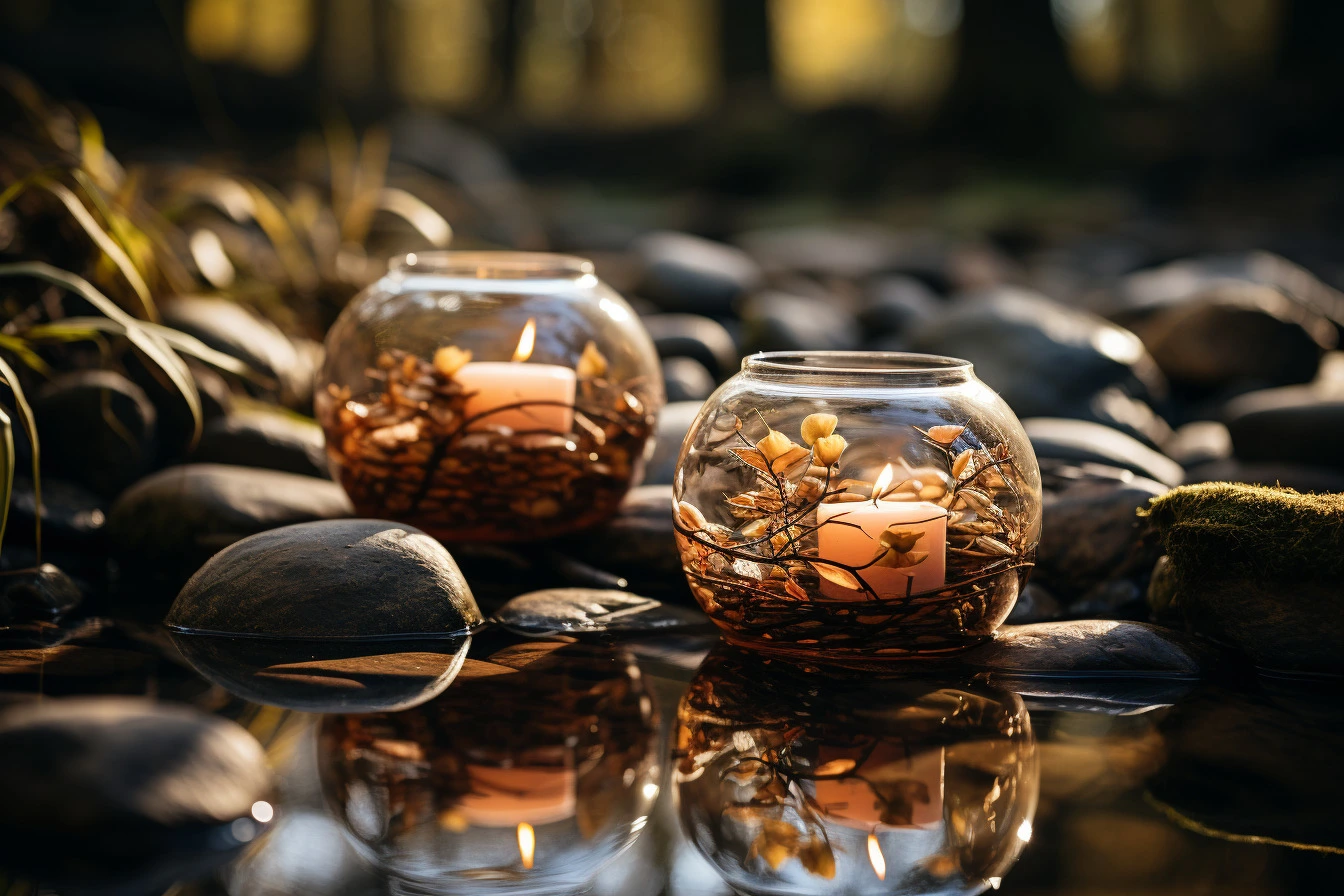In a busy, bustling city where car horns are honking non-stop, there’s people chatting all around and footsteps tapping against pavement wherever you look—I felt completely overwhelmed with this sense of urgency. It was like modern life pushed me to do more, be better, and achieve greater things faster than ever before. Everywhere we go nowadays, it seems that rushing is expected of us, as if time has become our enemy rather than an ally. But amidst my harried thoughts came the realization that in this whirlpool of duties and timelines, I’ve found something special—a place where slowing down actually works; here time seemed to stretch out into eternity even though it didn’t last long enough for me.
I stumbled upon the world of slow living—an idea, a way of life that had enough guts to challenge today’s culture’s relentless tempo.
Slow living isn’t just some apparent thought for me; it came as an enlightenment when time started feeling more like an exploding bomb. Imagine being caged in a room with walls squeezing you from both sides, and you might be able to understand the suffocation caused by this fast-paced modern world. Hoping for freedom, I dove deep into mindfulness practice.
If modern life is a non-stop flurry of hustle and bustle, mindfulness serves as the pleasant tune that puts all this never-ending noise into perspective. It teaches you to focus on yourself, enjoying the current moment, free from any heavy load of old remorse or upcoming worries. And so, through mindfulness, I stumbled upon my entranceway to slow living.
Where does slow living come from? What are its principles? You may ponder about it: where did this concept of slow living come from originally? Surprisingly enough—not an invention but rather rediscovery—going back in time towards understanding, which was present in many ancient philosophies and lifestyles
The slow living movement has its roots in the Slow Food Movement of Italy, which began in the late 1980s. It was a sign to fight against rapidly increasing fast food franchises and vanishing regional cuisine culture. The intent behind this initiative wasn’t just about nutrition; it aimed at protecting our way of life from deteriorating into an uninspiring world stripped of any cultural meaning or purpose.
That’s how slow living philosophy bloomed and evolved to include various aspects, but three main values still hold strong: intentionality, simplicity, and connection. Have we been really successful in preserving these principles? Intentionality encourages us to stop and think about our choices, questioning the autopilot way of living that most people stick with. What is motivating me? What really matters to me? These are the questions that fill life, lived intentionally. Simplicity isn’t just a look; it’s an attitude as well. It involves not only getting rid of physical stuff but also cleaning up our mental landscapes in order to open ourselves up for experiences that have true meaning.
Finally, connection—the most human of these values—invites us to build meaningful relationships with people and nature, but more importantly, with ourselves. As someone who has experienced life’s many challenges firsthand, I was hugely impacted when I first discovered slow living. It felt like hearing a song that you once knew well—something familiar yet forgotten at the same time. For instance, on one Saturday morning, instead of my usual work emails and podcast combo in bed, which had become somewhat habitual for me on weekends, I chose to go outside into nature instead! I spent the day at a nearby park, armed with just my blanket and an excellent book. As I rested beneath the broad sky, nature was speaking to me—the wind murmuring secrets in my ear, the sun showering me with warm affection, and even the Earth itself uniting with my presence. It felt liberating, like all of life’s complexities had been washed away through this natural practice—stress, complexity, and the artificial urgency that modern living so often cloaks us in—were gone! And throughout it all, I was reminded of what slow living embodies—the intentionality, simplicity, and connection we have access to when we’re feeling present in our lives—and how beautiful it is to know such clarity for once.
The rapid-fire rhythm of modern life may seem thrilling at first, but its persistence can be soul-destroying. Slow living introduces a different beat—an easing, tranquil melody that lets us live our lives to the fullest with greater understanding and heightened connection. And even though taking up this philosophy has been my own personal journey, it rings true for all humans as we share similar experiences: invitations to take purposeful action in simpler ways while staying connected.
What does slow living mean for you? How do your actions support mindful awareness? This journey towards slow living made me realize that at its core lies mindfulness—being truly present in an instant and accepting it without judgment. Just like a baby tree gradually and deliberately pushes itself through the dirt to open up under the sun’s warmth, so too does this idea of a leisurely lifestyle urge us to expand steadily into a life overflowing with purpose and consciousness.
Incorporating consciousness into everyday practices
As I pursued my quest for sluggish existence, I rapidly noticed how fundamental mindfulness is—the practice of actively engrossing oneself in every single moment, understanding it thoroughly, yet not putting any verdict on what you experience. Mindfulness isn’t something that only the hermits in remote mountain monasteries do; it is an approachable and impactful tool that everyone can incorporate into their everyday lives. One of the easiest ways to cultivate mindfulness is through meditation. All you need for this practice is a tranquil space, some moments out of your day, and the readiness to just be present. I personally experienced great advantages from focusing on my breathing and body’s feelings after starting to meditate regularly. Have you ever tried it?
It let me leave behind the heavy burdens of past regrets and future worries, inviting me to really be in the here and now.
Something else that goes hand-in-hand with slow living is keeping a gratitude journal. Every day, I write down some things I’m thankful for; it could be as straightforward as feeling the rays of sun on my body or relishing a freshly made cup of tea. This exercise changed my concentration from what was absent to what I had—an act of awareness that increased satisfaction.
Tech detoxes have become an important part of my journey towards a more purposeful existence. I noticed how the constant notifications and endless stream of information were taking over my attention and breaking up my being present in each moment. As such, I started committing to specific tech-free hours or even full weekends so that it was easier for me to get back in touch with reality, read books, and take part in meaningful conversations.
Being out there amidst nature gifted incredible revelations and insights into life. The peace that seemed attainable while walking through forests, standing at the beach shore, or marveling at the star-filled night sky made everything worth it!
Those moments of connecting with nature gave me an immense feeling of peace and clarity, making me understand that my everyday troubles are insignificant in comparison to the much bigger picture. Activities I used not to pay too much attention to before were now taking over, whether it was painting something, maintaining a garden, or simply going on long walks. It dawned on me how calming these hobbies can be; they taught me to slow down and enjoy the process instead of just focusing on reaching some goal.
Advantages of Slow Living: Mental and Physical Wellbeing
My introduction of mindfulness and slow living into my day-to-day activities caused an incredible shift, not just in my mental disposition but also in my physical health. The decline in stress was probably the most obvious difference. That persistent buzz of worry that had become a part of me began to dissipate. As I figured out how to let go of the frantic quest for more, I encountered improved mental acuity. The cloudiness of exhaustion faded away, leading me towards greater concentration and efficiency.
Enhanced sleep became another bonus too!
The long nights of tossing and turning and being overwhelmed by to-do lists and tasks left undone gave way to peaceful and sound sleep. Slowly living taught me the value of calming down at the end of the day, giving my body as well as my mind time to relax gently.
Not only did this have a positive effect on my mental state, but its overall impact went much deeper than that. I began making better choices concerning food, enjoying wholesome meals with delight instead, and taking part in physical activity not simply because it was something required but rather due to its restorative potential for myself.
Reflecting on my journey through slow living has really opened my eyes to the deep relationship between that lifestyle and holistic health. I was motivated by a need for escape, yet I found so much more: better mental lucidity, less stress and anxiety, improved sleep quality, as well as overall wellbeing. Even though it wasn’t originally what I set out to accomplish, the intentional pursuit of simplicity and mindfulness ended up becoming like an inner compass, guiding me towards healthier life choices. It’s been quite remarkable how this process completely changed my understanding of what real fullness can look like from a physical-mental standpoint!
In the complex relationship between mindfulness and slow living, I’ve uncovered a balance that not only sounds through my own encounters but also in the more extensive connection of our joined human presence. It’s an enticement for all of us to move away from the hasty beat of modernity and accept a slower, increasingly important pace—one that prompts greater serenity, wellbeing, and pleasure.
Obstacles in a Quick-Moving World
Holding on to slow living within reach where speediness is consistently recognized isn’t without its difficulties.
As I explored further into this lifestyle, I encountered some major obstacles that put my enthusiasm and endurance to the test.
One of the most difficult struggles is resisting societal expectations. In a society where success often seems determined by how much you achieve in the shortest amount of time possible, settling for taking things slower can be like trying to swim against an incredibly strong current. Constantly being compared with others who are quickly reaching their objectives has been known to erode somebody’s trust in small-living.
Having control over your time turns into quite an intricate juggling act.
Living slowly takes more time per task, which may not seem practical when you’re trying to beat the clock. There’s a huge pull towards multitasking and packing in as much activity into one day as possible; it definitely requires dedication and guts to fight that urge instead of carefully working out how best to use your time with the intention of really relishing each second.
It also demands strict limits; we are constantly being contacted by email, social media channels, obligations, etc. It can be daunting to create these boundaries that protect the unhurried space needed for slow living.
Learning to say no and disconnecting from the digital noise takes guts and determination. It’s alluring to go back to old, hasty habits. Slow living is a conscious decision we make, but it can be hard not to fall into the familiar pace of present-day life again. Lapses in awareness are part of this journey too; however, they give us chances for progress as well.
As I am facing these issues now, I understand that obstacles aren’t failures but moments when you have a chance to restore your dedication to slow living once more. My personal experiences of these obstacles, bumps in the road, and tactics I’ve employed to remain committed serve as gentle reminders that this voyage isn’t a one-way street. It’s more like an intricate dance between what we already know and what is yet unfamiliar; it’s balancing our past with our present and requires us to be both tenacious and merciful towards ourselves.
The Bottom Line: Enjoying Life to the Fullest
By taking my time to live life at a slow pace, I have wholeheartedly embraced how deep life can be beyond all those external signs of success that are so often associated with winning or achieving something. This reinforces the fact that existence shouldn’t involve any competition whatsoever; rather, consider every moment deeply as if you wanted to savor them for eternity while keeping your mind engaged during such special moments. Each instance, when approached consciously, will become an invaluable experience worth cherishing forever!
As I wrap up this journey of slow living, I’d like to invite you, dear reader, to discover your pace and be content with it. Slow living isn’t a strict doctrine but instead an inviting act of conforming to our values and wishes. It’s an urge to enjoy the little pleasures in life that come along; relish the elegance that lies within simplicity; and create valuable connections—with people around us as well as ourselves.
In today’s world, where worthiness is often judged by how fast one moves ahead, slow living reminds us that true measure for a meaningful life could be derived from experiences we have had so far (or are yet to have), creating heartfelt bonds, and attaining respite even amidst the chaos surrounding us. So while trying hard to keep up with nowadays’ fever-racing-speed lifestyle challenges thrown at every single individual out there, embrace what seems right according to the soul, because eventually uncovering beauty hidden beneath calmness can bring about profound satisfaction!
